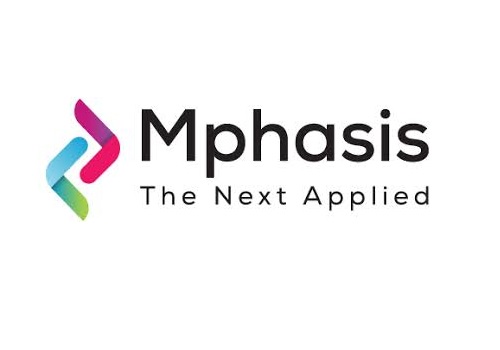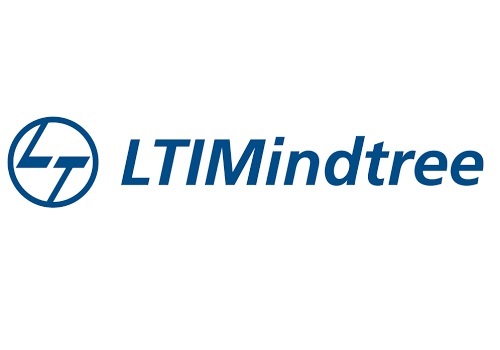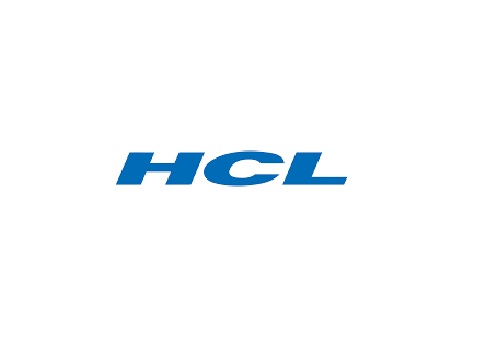IT Sector Update : Liberation Day and Indian IT: Breaking point or turning point? by Motilal Oswal Financial Services Ltd

Liberation Day and Indian IT: Breaking point or turning point?
* The fallout from the Liberation Day tariffs has wreaked havoc on Indian IT service stocks, pushing the sector into the eye of the storm. While the full impact will take time to unfold, discretionary spend is likely to be put on hold again. We expect the next 3-6 months to bring negative news flow—including earnings cuts and potential pullbacks in FY26 guidance. In this note, we break down short-term risks across verticals and argue that while the setup looks tough, there could be a new tech cycle on the horizon. This shock bears resemblance to both COVID and the GFC — periods that ultimately triggered powerful tech adoption cycles.
* Just as the GFC accelerated BFSI spends and COVID cemented cloud as a critical technology, the current disruption could play a similar role for GenAI. What was once a hammer in search of a nail will quickly become central to enterprise cost takeout and productivity agendas. Economic shocks often mark the beginning of new tech cycles—and GenAI’s moment may have finally arrived. That said, near-term volatility remains high. Valuations now resemble early-COVID levels—uncomfortable and still not fully bottomed out considering the risks, but offering opportunities for those who can look ahead. We have already toned down our estimates and now expect 1-4% constant currency growth rate across large-caps for FY26e (view our report dated 11th Mar’25 - Recovery stuck in second gear). For now, we keep our estimates unchanged as we await further clarity post 4Q. Our thoughts:
Discretionary is dead: We are in the pit
Discretionary spend is dead, and survival spend will now again become the clear priority. The good news: the uncertainty is behind us—we are in the pit. Budgets will be trimmed, and tech spends will be redirected toward extreme efficiency and resilience. While it may change, we have summarized the threats and opportunities for each vertical (refer to Exhibits 2 and 3 for details).
* Financial Services could defer non-essential programs, with emphasis on risk, compliance, and operational efficiency.
* Manufacturing may delay most tech investments amid severe margin pressure; targeted automation and supply chain fixes could take priority.
* Healthcare is expected to maintain essential initiatives like telehealth and continuity, while broader transformation projects may be paused.
* Insurance may focus on analytics and claims automation to offset rising costs and protect margins.
* Retail & Consumer are likely to sharply cut discretionary tech spend; attention may shift to tools that safeguard pricing, inventory, and logistics efficiency.
* Hi-tech & Software could pause expansion plans and reallocate resources toward productivity and client retention.
* Telecommunications could be fairly de-coupled from the shocks; network automation and AI-led operations are likely to gain traction.
Beginning of the GenAI gold rush?
* GenAI may be approaching its moment—an inflection point where its role in enterprise tech could shift meaningfully. Just as COVID transformed cloud from a nice-to-have into something existential, and GFC with Basel 3 has spurred a rally in banking technology spends, the current crisis has the potential to do the same for GenAI.
* As near-shoring, on-shoring, and supply chain shifts propel enterprises to rebuild their cost structures from the ground up, GenAI could emerge as a critical lever—not just for efficiency, but in some cases, for survival. From design automation in manufacturing to claims triage in insurance and customer service in retail, its use cases are becoming clearer.
* What has so far felt like a hammer in search of a nail might now find real traction —provided it can demonstrate productivity gains at scale, quickly.
Timeline and where to find the bottom
* A ~50% probability of a U.S. recession suggests that the next 3-6 months could bring further earnings cuts, withdrawn guidance, and a freeze in tech spending.
* COVID serves as a reference point for the turnaround—during FY21, the tier-1 pack saw negative revenue growth, with TECHM/WPRO/TCS reporting a revenue decline of 3.1%/2.3%/0.8% cc.
* How bad can it get before it gets better? Using Infosys and its guidance as a proxy during COVID (refer to Exhibit 1), we estimate that we are halfway through the downward revision cycle.
* We maintain our earnings estimates for now but recognize a real possibility of flat or negative growth in FY26 under a bear case scenario.
Valuations are palatable, but a rebound may take time—opportunity lies in picking the right service lines
* While sector valuations now appear reasonable compared to prior downturns (refer to Exhibits 4 and 5), a further correction over the next 2-3 quarters cannot be ruled out.
* As seen in Exhibits 6 to 15, the top five valuations were ~21%-23% below the 10Y/5Y average at the COVID-19 bottom (Apr’20). TCS/Infosys are currently trading 21%/17% below their five-year averages, but other stocks are yet to find a bottom.
* There is no urgency to chase the sector, but the new normal is already reshaping future demand dynamics. Productivity- and cost takeout-led GenAI implementations are emerging as the most critical use cases. Companies with data engineering, automation/RPA, and BPO capabilities are positioned to perform relatively better. In contrast, application modernization, large transformations, and consulting-heavy work may remain under pressure.
* The previous downcycle showed that mid-tier firms can thrive in cost-focused environments. Coforge’s recent deal with Sabre is a strong indicator that midtiers now have both the scale and the solution maturity to win cost-saving deals. Our bet is on mid-tier companies with strength in BPO, data, RPA, and GenAI acceleration—with Coforge and Persistent emerging as early winners.
* Among Tier-I players, we prefer TECHM, as its bottom-up transformation appears relatively independent of discretionary spending. With the potential for telecom recovery and improved operational efficiency, we see room for sustained margin improvement going forward. We also continue to like HCLT for its resilient, all-weather portfolio
For More Research Reports : Click Here
For More Motilal Oswal Securities Ltd Disclaimer
http://www.motilaloswal.com/MOSLdisclaimer/disclaimer.html
SEBI Registration number is INH000000412

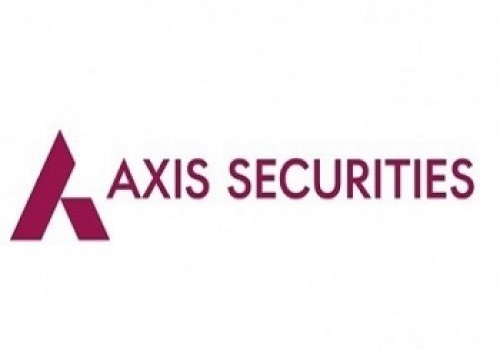

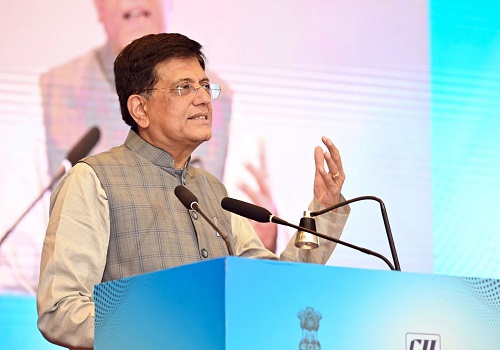






More News

Aviation Sector Update : PAX increases on robust demand; IndiGo share at ~64% By Motilal Osw...











